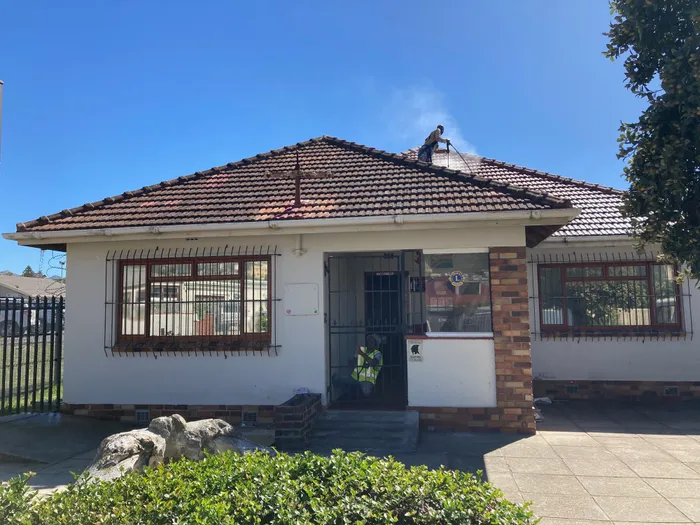Fish Hoek Valley Museum closed for renovations

Renovations of the Fish Hoek Valley Museum are in full swing. A City of Cape Town contractor is pictured here pressure cleaning the roof.
The Fish Hoek Valley Museum is closed for the next three months for renovations.
The City recently approved a R600 000 make-over that will include fencing the museum; repairs to the roof; painting of the roof, walls, windows, and doors; high-pressure cleaning of the front driveway and walkway areas; and an upgrade of the electrical wiring (“Fish Hoek Valley Museum to get a make-over,” Echo March 23).
Curator Sally Britten said she was looking forward to July when the much-treasured archival material and other exhibits could be displayed in a more secure and attractive setting.
Ms Britten and volunteer Margaret Gundry had to remove all the exhibits and records from the museum in preparation for the renovations.
Ms Britten said packing up the museum had been a “challenge”, but they had had help from members of the Fish Hoek Valley Historical Association and the Fish Hoek Lions, who had carried the heavier artefacts to the garage for storage.
Three rooms, which will have their rain-damaged ceilings repaired, have been cleared, and boxes of breakables and smaller, delicate artefacts have been stacked in the bathroom.
“It is all happening at last. Thank you so much, City of Cape Town. Workers are already hard at it repairing and preparing the outside of the museum for painting. The rewiring and new LED lights are also all in place,” she said.
The museum is set to reopen on Monday July 3.
“We plan to set out our displays differently and hope to get away from using Prestik on the walls and having to use pins to attach photographs to polystyrene boards,” said Ms Britten.
The museum is appealing to members of the community - with the necessary knowledge - to suggest how to effectively display the artefacts, placards, and photographs.
Fish Hoek Valley Historical Association secretary Bruce Eitzen said he had asked some of his heritage colleagues to assist, but the museum also needed a new filing system, a computer, a cabinet maker who could build new displays, and young volunteers with an interest in history.
“People can donate in cash or in kind, in skills and in time,” he said.